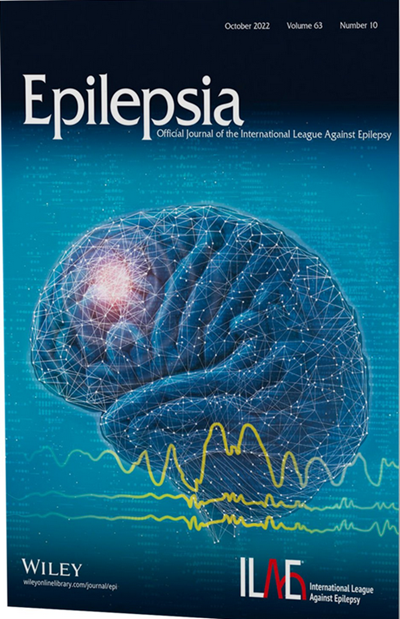We aimed to investigate sleep in children with drug-resistant epilepsy (DRE), including developmental and epileptic encephalopathies (DEEs). Next, we examined differences in sleep macrostructure and microstructure and questionnaire outcomes between children with well-controlled epilepsy (WCE) and children with DRE. Furthermore, we wanted to identify factors associated with poor sleep outcome in these children, as some factors might be targets to improve epilepsy and neurodevelopmental outcomes.
A cross-sectional study was conducted in children 4 to 18-years-old. Children without epilepsy, with WCE, and with DRE were included. Overnight electroencephalography (EEG), including chin electromyography and electrooculography, to allow sleep staging, was performed. Parents were asked to fill out a sleep questionnaire. Classical five-stage sleep scoring was performed manually, spindles were automatically counted, and slow wave activity (SWA) in the first and last hour of slow wave sleep was calculated.
One hundred eighty-two patients were included: 48 without epilepsy, 75 with WCE, and 59 with DRE. We found that children with DRE have significantly lower sleep efficiency (SE%), less time spent in rapid eye movement (REM) sleep, fewer sleep spindles, and a lower SWA decline over the night compared to children with WCE. Subjectively more severe sleep problems were reported by the caregivers and more daytime sleepiness was present in children with DRE. Least absolute shrinkage and selection operator (LASSO) regression showed that multifocal interictal epileptiform discharges (IEDs), benzodiazepine treatment, and longer duration of epilepsy were associated with lower SE% and lower REM sleep time. The presence of multifocal discharges and cerebral palsy was associated with fewer spindles. Benzodiazepine treatment, drug resistance, seizures during sleep, intellectual disability, and older age were associated with lower SWA decline.
Both sleep macrostructure and microstructure are severely impacted in children with DRE, including those with DEEs. Epilepsy parameters play a distinct role in the disruption REM sleep, spindle count, and SWA decline.


